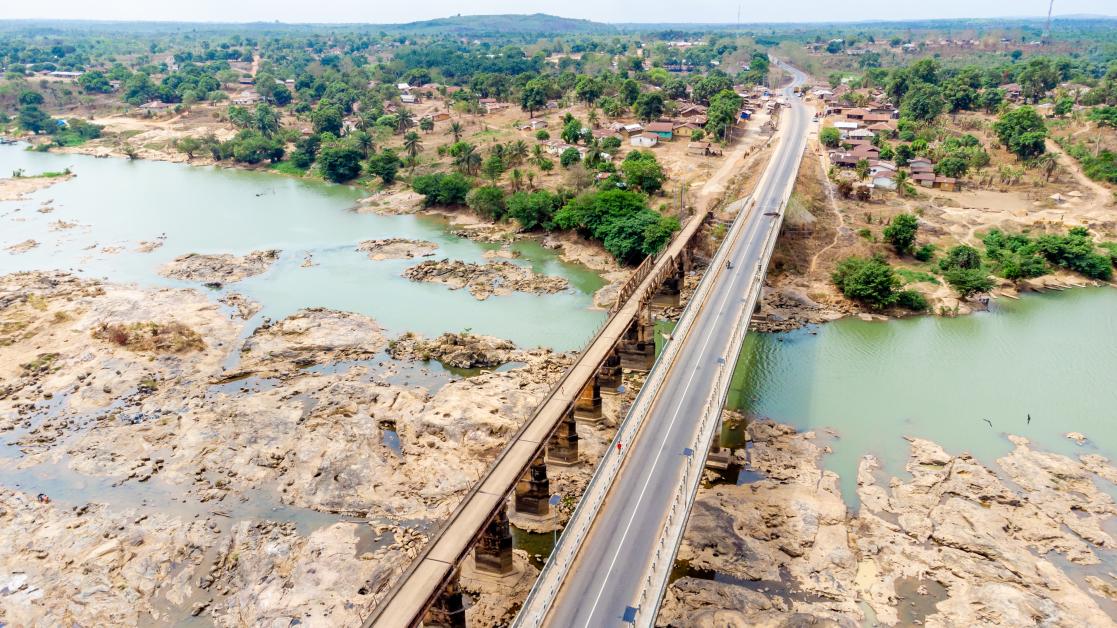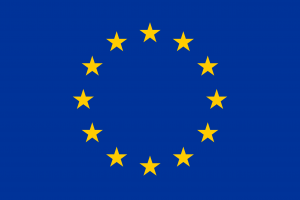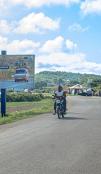West Africa’s triple frontier and the Trans Highway that straddles its borders

Borne out of a noble objective to promote the integration of its members and grow their economies, the Mano River Union’s dream was cut short for more than a decade, following the wars in Liberia and Sierra Leone, from 1991 to 2003.
Two decades later, the European Union is supporting the realization of this dream, through the construction of a section of the Trans West African Highway, which links Sierra Leone, Liberia and Guinea.
The length of the section being constructed with the support of the European Union is 480 kilometres long, according to government sources. The highway stretches from Sierra Leone’s main frontier with Guinea, winding through Rogbere Junction, Masiaka and then Bo, Bandajuma, Zimmi and into the Liberia border to the south side of Sierra Leone.
Engineer Alfred Jalil Momodu, the Director General of Sierra Leone Roads Authority (SLRA) explains the European Union’s role in the construction of the highway: “Except for the 46 kilometers that runs from Bo to Bandajuma, which was funded by the African Development Bank, the rest of the Trans-West Africa Highway that goes across Sierra Leone, was funded by the European Union through a grant.”
The Trans Highway not only connects major towns in the three neighboring countries, but it also promotes regional trade and integration.
“So, all these decisions are borne out of consultations. As a country, we have priority needs, and one of the priorities is to connect our regional roads - that’s Conakry to Freetown and Freetown to Monrovia, and the European Union understands that, so they supported it,” Mr. Momodu explained.
Where the roads meet the rivers
To promote safe travel, four key bridges have been constructed over major rivers in Sierra Leone. The PC Alikali Modu Bridge, previously known as Magbele bridge crosses Rokel River in the North-western part of the country. The 222-meter-long Sewa bridge crosses the Sewa River, while the 82-metre long Wanjei bridge eases travel over the Wanjei River and the Moa River. All these bridges are found in the North and Southern parts of the country.
Completed in 2019, the Moa River bridge is an engineering masterpiece and a life saver for thousands of commuters and other travelers.
“The Bridge has not only made movement safe for travelers, but it has also spurred economic growth. People move from here to Liberia the same day and return with goods to sell the next day at the Luma (periodic market), either at Bandajuma or at the border itself,” remarked Joseph Abu, a community elder.
On her part, 65-year-old Mamawa Sheriff recalls how death visited many families in her locality before the construction of the Moa bridge.
“This bridge brings hope of transformation and development to Sierra Leone and Liberia. So many people have died here but we thank God that today, there is a bridge that we can use safely and quickly, to and from Liberia,” she stated.

EUD Sierra Leone
Mohamed Kamara who hails from Gondama village along the Sewa bridge, says access to Liberia and Guinea has been made easier because of the bridge.
“You see the trucks plying this road at top speed?” he asked. “Those are trucks from Guinea transporting goods to the Liberian border.”
“So, all those vehicles you see, have goods ready for the Luma market. All this is thanks to this road,” notes Mohamed.
Rosaline Hawa Samu, the head teacher at Sierra Leone United Islamic Mission School shares similar sentiments as Mohamed Kamara. Rosaline, who also owns a small business in Gondama village, is optimistic that Sewa River bridge will bring transformation to villages around it.
“I am a beneficiary of this road, both as a businessperson and as a teacher. The road contractors built three classrooms and toilets for us at the end of the project,” she said. “In my business, I move my goods very easily to, or from Bo and Liberia.”
Farmers and students have also benefitted greatly from the bridge. Farmers can now easily take their produce to the market. Learners too can attend learning institutions well assured of their safety.
For most beneficiaries of the Trans West African Highway, the road is more than just a channel for transportation, it is a lifeline. The construction of the link road by the European Union has opened opportunities for connectivity, regional integration, increased trade, economic growth and reduced travel times. The goal to foster economic integration and development across West Africa is becoming a reality, thanks to this link road.





